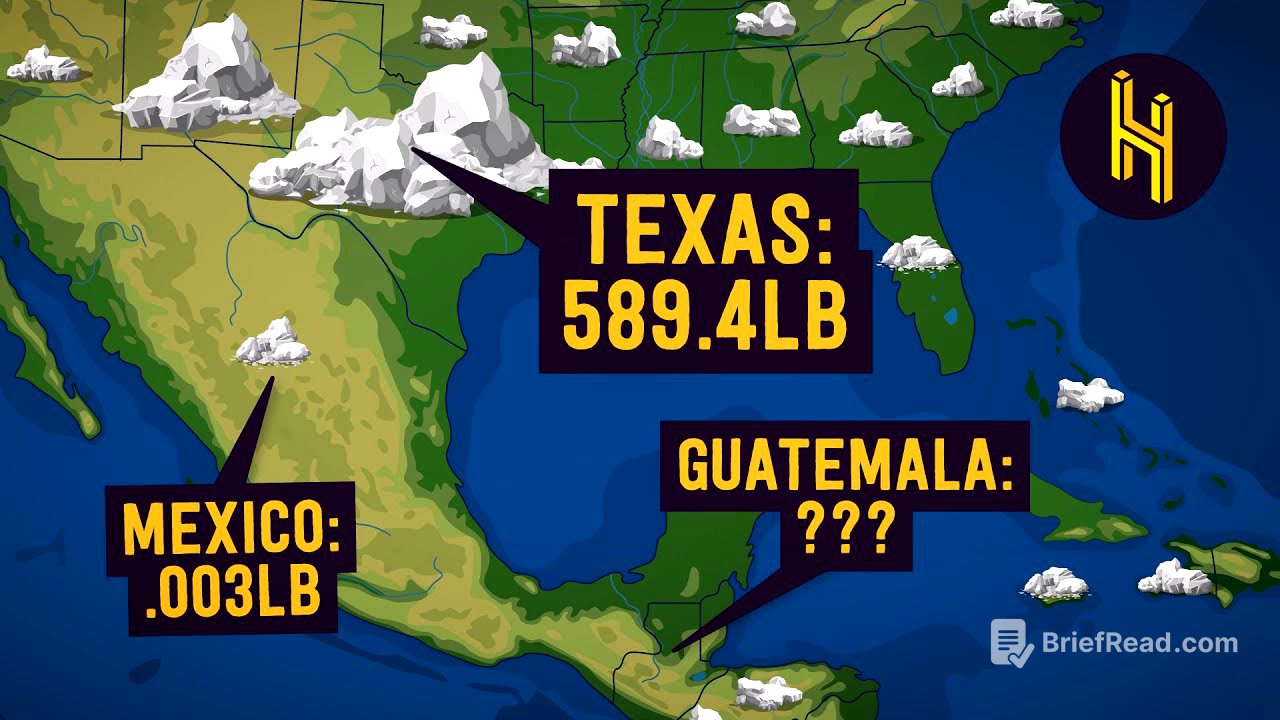TLDR;
The video discusses the journey of moon rocks brought to Earth by various space missions, primarily the Apollo missions. It details how these samples are stored, studied, and sometimes lost or gifted around the world. The video also touches on the scientific importance of moon rocks and the efforts to track their whereabouts.
- Moon rocks were collected during the Apollo missions and later by the USSR and China.
- These rocks are stored in specialized facilities to prevent contamination and are studied for insights into the universe.
- Some moon rocks were gifted to states and countries, but many have been lost, stolen, or misplaced.
Moon Rock Origins and Collection [0:00]
The video starts with the Apollo 11 mission, where astronauts Neil Armstrong and Buzz Aldrin collected 47 pounds of moon rocks and dirt. These samples were transported to Earth in special boxes created by the US Atomic Energy Commission, designed to withstand temperature fluctuations and prevent contamination. Over six Apollo missions, 842 pounds of moon samples were brought back to Earth.
Quarantine and Storage of Moon Rocks [1:56]
Upon their return, the moon rocks were quarantined to ensure they posed no biological threat. Scientists conducted tests on plants, single-cell organisms, and small animals to check for adverse effects, and after it was determined that the rocks were safe, they were sent out for study. Most of the Apollo stash is stored in a vault at the Johnson Space Center in Houston, with a smaller portion in White Sands, New Mexico. The vault requires two people to unlock, and strict protocols are in place to prevent contamination, including specialized outfits and handling procedures.
Scientific Research and Distribution [2:51]
Researchers still request moon rock samples for study, with NASA sending out 50,000 samples to 500 labs across 15 countries as of 2019. Moon rocks provide evidence of planetary formations and astronomical history that is not available on Earth due to the moon's geological inactivity. The video then presents a pie chart to illustrate the distribution of moon rocks on Earth, noting that a small amount arrived via meteor strikes.
Moon Rocks as Gifts and Their Whereabouts [4:36]
Following the Apollo 11 and 17 missions, the US government gifted moon rocks to states and countries as goodwill gestures. Robert Pearlman and Joseph Guthines, along with his students, have worked to track down these rocks. Many of these gifted rocks have been lost, stolen, or misplaced, highlighting a surprising level of carelessness in their handling.
The Irony of Moon Rock Handling [6:39]
The video concludes by pointing out the irony that while moon rocks are incredibly valuable and kept in pristine condition, many are also lost or floating around. The narrator jokingly asks viewers to send any found moon rocks their way, hoping to build a "moon horse."
Nebula Advertisement [7:01]
The video promotes Nebula, a streaming service started by the creator and other YouTubers. Nebula offers ad-free content, early releases, and exclusive shows. Viewers can get a discount on an annual subscription by using the provided link.









